
For a long time, velvet has been associated with luxury and sophistication. Its intriguing texture and attractive luster enable silk to blend well into many designs for fashion and home use. What is velvet, then, and why are designers and customers still drawn to it?
This in-depth article explores the realm of velvet fabric, including its history, forms, applications, and tips for how to properly care for and get the most out of this beautiful material.
What Is Velvet?
What distinguishes velvet from other fabrics is how finer threads are applied equally onto the surface of the material. Most velvet material throughout history consisted of silk, rendering it precious and something that could only be afforded by the wealthy. Today, velvet material is composed of cotton, polyester, and mix material that make the material affordable and lavish.
Weaving technique employed for velvet material creates a dense layered effect, which gives velvet material its characteristic softness and luster. The technique comprises two layers being joined together in one operation and then cut apart to make the pile effect for the material referred to as double effect.
What Is Velvet Fabric Made Of?
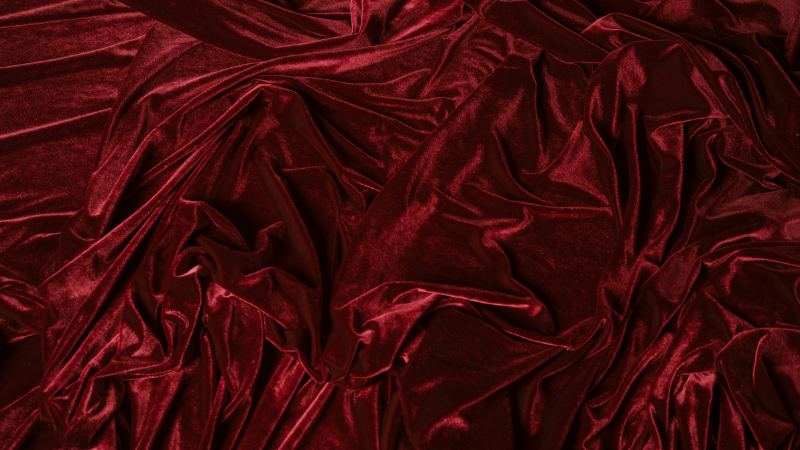
Velvet can be created from a wide range of various materials, which will vary in texture, color, and price.
- Silk: Velvet was typically made from silk, which provides unsurpassed softness and luster.
- Cotton: Cotton gives a matte finish and has usually been applied for casual wear and furniture upholstery.
- Polyester: A low-maintenance fibre that prevents your pieces from getting wrinkles and from shrinking.
- Rayon: gives a refined appearance at a lower price, but maybe less durability.
- Nylon: Nylon is incorporated for its toughness and provides some degree of stretch, and is commonly combined with other materials.
- Blended fabric: When silk cotton blends or synthetic naturals are mixed together, what you get is something durable as well as comfortable.
The selection of fiber not only influences the texture and appearance of velvet fabric, but rather its functionality for various uses and maintenance conditions as well.
Sustainable Velvet: Eco-Friendly Innovations in Fabric Production
Aware customers have driven velvet production into using more ecological processes. Silk velvet was thought to be an ecological product because silk is natural and naturally breaks down, but use of polyester and nylon rayon blend in modern velvets raises concerns about their impact on the environment due to their inability to be recycled readily.
Today, innovative, sustainable fabrics are entering the textile industry that preserve all of the luxury feel of velvet but minimize ecological damage:
- Recycled Polyester Velvet: You get velvet that’s durable, attractive, and causes less waste when you use recycled polyester velvet made from plastic bottles.
- Organic Cotton Velvet: The lack of chemicals and pesticides makes organic cotton velvet ideal for customers seeking all-natural products.
- Eco-Certified Dyes and Finishes: New ways to dye velvet reduced water consumption and made it safer for the environment and greener.
With velvet from sustainable brands, both businesses and people get velvet products without damaging nature. This further aligns with movements all around the world advocating for fair fashion and ethical interior style.
Types of Velvet Fabric
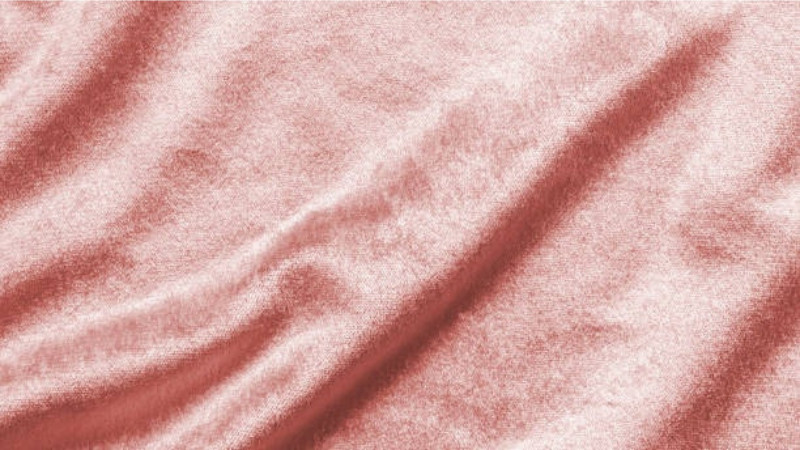
Velvet comes in various types, including panne velvet, chiffon velvet, and crushed velvet, each with distinct characteristics suited for specific uses:
Type | Texture | Common Use | Price Range |
Crushed Velvet | Crinkled, shiny surface | Fashion, upholstery | Moderate |
Stretch Velvet | Elastic, soft | Fitted garments | Moderate |
Velour | Knit, plush | Casual wear, loungewear | Affordable |
Silk Velvet | Ultra-soft, lustrous | High-end fashion, decor | High |
Cotton Velvet | Dense, matte finish | Upholstery, casual clothing | Moderate |
Embossed Velvet | Patterned surface | Decorative items, upholstery | High |
Each type of velvet, including crimped velvet, ring velvet, or embossed velvet, offers unique aesthetic and functional qualities, making it essential to choose the right one for your specific needs.
Common Uses of Velvet
Velvet‘s suitability for use across numerous applications stems from its versatility
- Clothing: Apparel like dresses, tops, and evening wear is normally produced in velvet in order to give those items elegance and beauty.
- Accessories: With either a bag, shoes, or headband, your outfit appears even more upscale in Velvet.
- Home Decor: Typically, designers use velvet instead of other fabrics for curtains, pillows, and bed sheets because velvet provides a cozy and textured appearance to the space.
Its drape factor and velvety richness ensure that velvet is a favorite among designers who wish to make a statement.
Velvet Upholstery Fabric: Elegance in Furniture Design
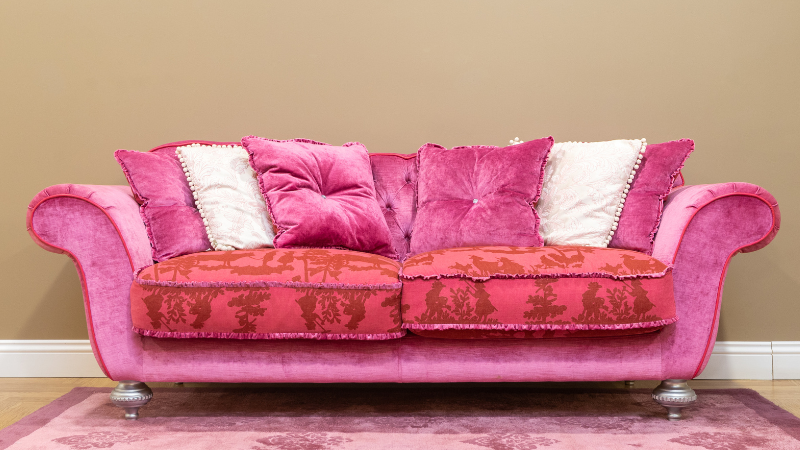
Velvet furniture fabric adds an aura of luxury and relaxation to furniture items:
- Aesthetic Appeal: The deep color and texture of velvet are ideal for furniture, making any room appear more upscale.
- Performance Velvets: Due largely to advances in technology, performance velvets are typically constructed from polyester or microfiber that is far tougher and less prone to stains and fading.
- Light Reflection: Velvet reflects light off its pile, causing your furniture to appear different based on available light.
When choosing velvet for furniture upholstery, consider such factors as fiber content, wearability, and maintenance needs in order to provide durability and satisfaction.
Pros and Cons of Velvet Fabric
Understanding the advantages and disadvantages of velvet can help in making informed decisions:
Pros:
- Luxurious Appearance: Velvet’s rich texture and sheen exude elegance.
- Softness: The plush surface provides comfort in both clothing and furniture.
- Versatility: Suitable for various applications, from fashion to home decor.
Cons:
- Maintenance: Velvet can attract lint and dust, requiring regular care.
- Pressure Marks: The pile can be crushed, leaving marks that may need steaming to remove.
- Cleaning: Some velvets require professional cleaning to maintain their appearance.
By weighing these factors, you can determine if velvet is the right choice for your project or purchase.
How to Care for Velvet Fabric
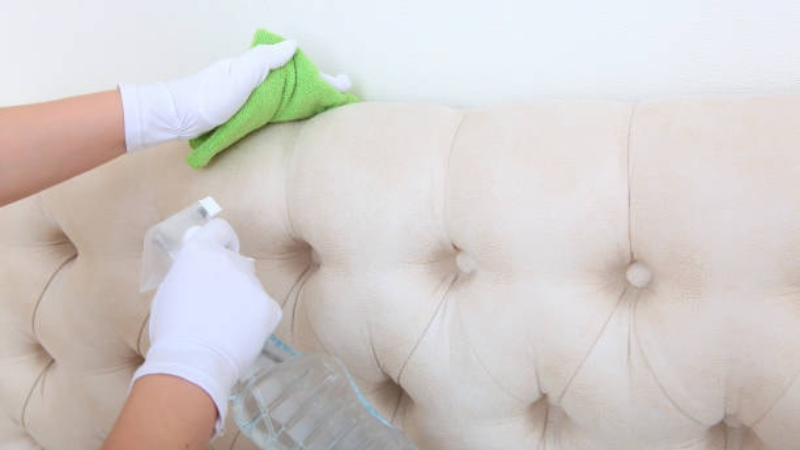
Velvet will keep its beautiful look and welcoming feel if cared for properly.
- Regular Cleaning: Use a soft brush or vacuum with an upholstery attachment to remove dust and lint.
- Spot Cleaning: On spills, only blot them with a wet cloth to clean up and don’t use any harsh rubbing to protect the fabric.
- Steaming: With a handheld steamer, get rid of wrinkles.
- Storage: To keep your velvet items in good condition, hang them or roll them so they don’t crease and never fold them.
- Sunlight: Don’t put your velvet in direct sunlight, or it could fade.
These care suggestions will make sure your velvet items last and look good for a longer time.
Velvet vs Other Fabrics
Understanding how velvet compares to similar fabrics can guide your material choices:
Fabric | Texture | Durability | Care | Common Uses |
Velvet | Soft, plush | Moderate | Requires care | Fashion, upholstery |
Velour | Soft, stretchy | High | Easy | Casual wear, loungewear |
Suede | Napped, matte finish | High | Moderate | Footwear, jackets |
Silk | Smooth, glossy | Low | Delicate | High-end fashion |
Each fabric offers distinct characteristics, making them suitable for different applications and preferences.
The History and Cultural Significance of Velvet Fabric

Historically, velvet was typically associated with wealth and prestige that has been present through the ages and around the world.
- In China and Egypt, a long time ago, people made pile fabrics out of fine silk. In the 14th century, the European aristocracy started using velvet as a standard fabric.
- In the 19th century, velvet became more accessible due to the rise of industrial weaving.
- In Renaissance Italy, velvet cloth was worn by those of noble blood for ceremonial uses, in special tapestries and in church clothes. Because of its skills, Venice velvet weavers made velvet cloth a highly prized item and weaved very detailed patterns.
- Velvet was admired and respected by Middle Eastern dynasties. Even though the colors varied, velvet in the Ottoman Empire was always combined with gold and silver threads for impressive, royal purposes.
- Velvet’s reputation was made even stronger because it was associated with royalty. From Elizabeth I to Louis XIV, monarchs liked to show their power and divine right by wearing velvet clothes.
Velvet today still holds on to much of its history. You see tassels in fashion and theater curtains and they give off a feeling of tradition and prestige.
FAQs

Q1: What is the difference between velvet and velour?
Velvet, often called stretch, is woven and has a pile that shines bright, but velour, which is knit, has little stretch and less sheen.
Q2: Can velvet be used for everyday clothing?
Yes, durable fabric blends such as polyester/cotton give velvet the chance to appear in everyday pieces like blazers, skirts, and pants.
Q3: Is velvet suitable for homes with pets?
Performance velvets crafted from manmade fibers are less likely to pick up stains or fray, which makes them good for families with pets.
Q4: How do I remove wrinkles from velvet?
Use a hand steamer to easily smooth out those wrinkles. Do not use an iron, since it might crush your clothes and hurt the material.
Q5: Does velvet fade over time?
Direct sunshine can cause velvet to lose its color. You should store velvet things where they are protected from the sun for a long time.
Q6: Can I wash velvet at home?
Occasionally, you might find that gentle hand-washing with a soft detergent is suitable for some synthetic materials, including synthetic velvets, though velvet material is usually safe to dry clean.
Final Thoughts: Why Velvet Is a Timeless Choice
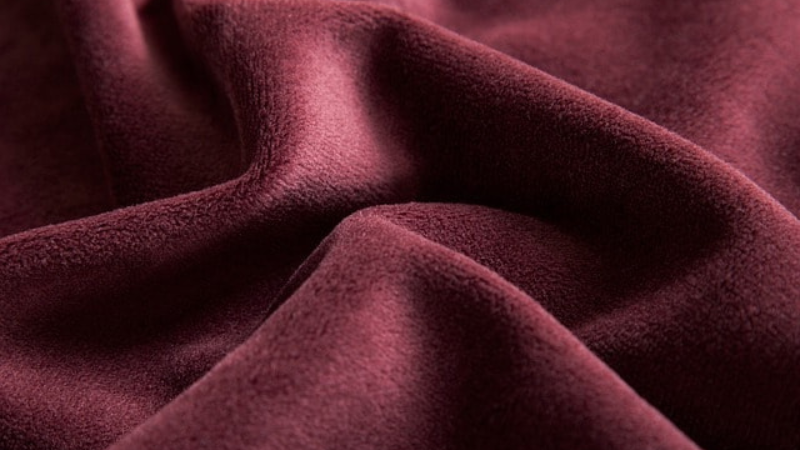
The reasons velvet, particularly blends like cotton or synthetic, continue to be popular are its touch of luxury, high versatility and affluent look. When applied to apparel, bags or for home furnishings, velvet provides an aura of sophistication difficult to replicate using other textiles. With an understanding of velvet and proper maintenance, you can preserve its timeless appearance for your home.
Browse through our selection of high-quality velvet fabrics at Yanmao Textile and discover the ideal match for your next undertaking.
Yanmao Textile Technology Co., Ltd. specializes in producing high-quality velvet fabrics made with precision and technology. Due to its emphasis on sustainability and excellence, Yanmao has established itself as a go-to supplier for textile requirements for designers and brands alike.





